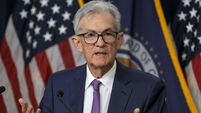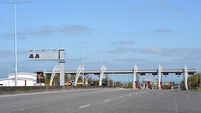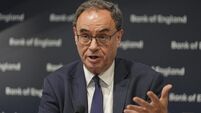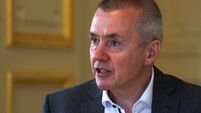Oliver Mangan: Clear core inflation is now on a downward path virtually everywhere

Food price inflation is on a clear downward path.
The "higher for longer" outlook for interest rates has been the key factor behind the big movements in financial markets in recent weeks.
Both bond and equity markets have come under considerable downward pressure in volatile trading. With the markets preoccupied about interest rates, it would seem little attention is being paid to recent economic releases that impact the prospects for interest rates, in particular inflation data.














